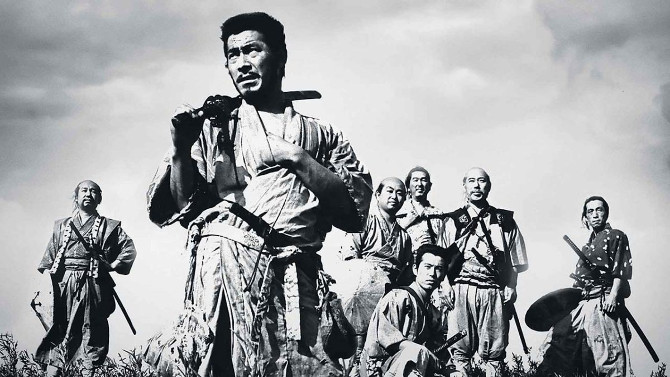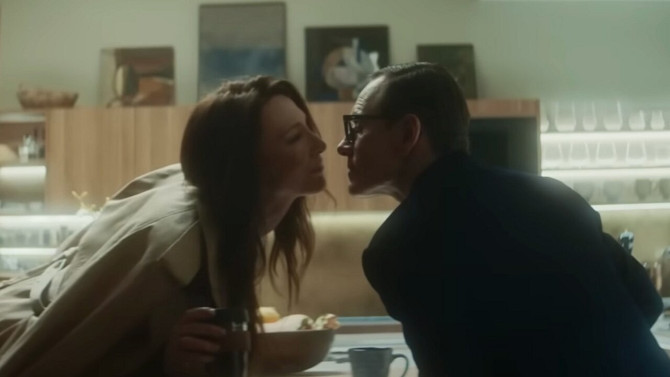
An Attaché Case
In 2025, dare I say that it’s nice to be highlighting a film made for mature audiences. Avoiding the pratfalls of sequels, remakes, comic book movies, and overly costly bombast, Black Bag, written by David Koepp (Mission: Impossible) and directed by Steven Soderbergh (Traffic), is most easily described as an old school spycraft feature. Opening with an extended tracking shot of spy George Woodhouse (Michael Fassbender) making his way through a happening nightclub in London, his contact soon informs him that there is a rat leaking some sort of tech software named Severus from within the agency. If there is one thing Woodhouse despises, it’s a liar, so he invites all of the suspects to a dinner party to try to get to the bottom of it.
-
Star Pick with Jason Momoa
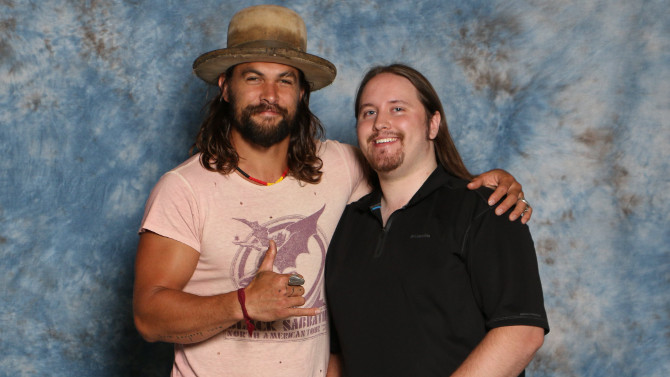 Magnificent SamuraiSeven SamuraiJanuary 8, 2019
Magnificent SamuraiSeven SamuraiJanuary 8, 2019With a towering warrior frame, Jason Momoa is a rare actor whose size onscreen matches his larger than life build in person (no offense to other stars, but usually, for whatever reason, height is not one of their trademarks). Yet, despite his imposing height and breadth, he is chill and zen when you meet him – a relaxed, calming presence. Momoa has quickly built up his star status, most wholly unaware of his time on Baywatch (44 episodes, no less), often forgotten in his role on Stargate: Atlantis, or his turn in the remake of Conan the Barbarian, most thinking his take on Khal Drogo (on the surface, a savage barbarian, Momoa built a fascinating, multi-faceted character) in Game of Thrones was his first major performance. . . and since, he has made intriguing, surprising, and most importantly, quality choices with his career – splitting time between film and television. Eccentric roles in B movies like Bullet to the Head and The Bad Batch, or selecting the Canadian series Frontier (where he plays a part-Native outlaw involved in the fur trade), fit the man like a glove, personas that meld with the actor, for even his most recent win, that of Arthur Curry, better known as Aquaman (currently, as of January the 8th, 2019, the number one film in the world), could have been considered a risky bet. . . for the underwater superhero has often been the joke of the industry (remember Vincent Chase’s lack of interest in Entourage) – after all, he swims around the ocean talking to fish, yet Momoa (and director James Wan) have made the hero cool again – a slick, at times comedic warrior hero in the vein of King Arthur or Indiana Jones.
-
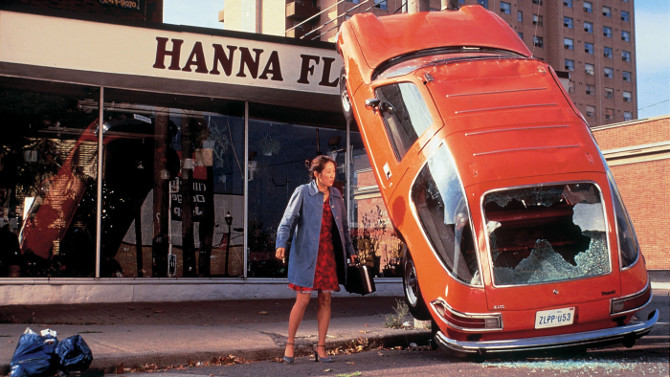
Takin’ Care of Business
Last NightJanuary 6, 2019What would you do if you knew the end of days was nigh? Maybe you’d relish in your memories of the good old times, or revel in the anarchy going on around you. . . perhaps you’d party the night away, then go out in a blaze of suicidal glory just to spite a foregone conclusion? ? ? These are some of the topics covered in the Canadian understated-apocalyptic Indie dramedy Last Night (1998). Written, directed and starred in by Don McKellar (his first feature film; also the scribe of the fascinating picture The Red Violin), he litters Canada’s largest city, Toronto, with not only trash (and a few remaining stragglers), but also a simple melancholic poignancy, a dry and awkward humour that covers up the anguish that the ‘New Year’s Eve-like countdown to the end’ brings with it. McKellar’s take on the “2000, Seen By” project (which had filmmakers looking at the approaching excitement and fears of the Millennium), had him making the wise choice of depicting 2000 as the end of the world (rather than a current fad that would have it feeling passé almost immediately after the fact).
-
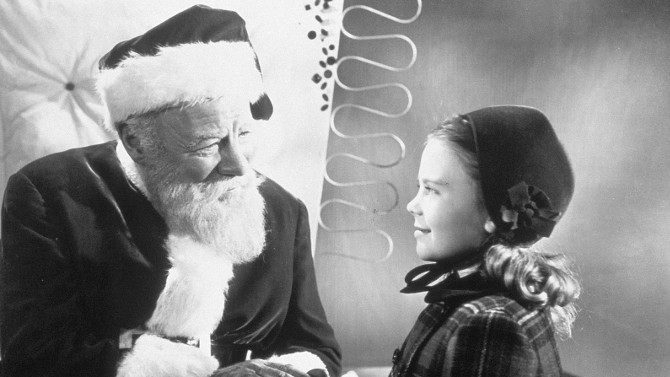
I Believe
Miracle on 34th StreetDecember 23, 2018A Christmas movie that is truly special has that moment. . . that specific sequence magically able to transcend the medium – enlivening our spirits, touching our hearts, rejuvenating the soul. . . a bell ringing – it giving an angel its wings; a humbug of a man able to get another chance at really living life; a family, despite all odds, getting home to their young son that has been left home alone; and, in today’s film, though the ending could arguably be it, a woman brings her newly adopted (orphaned) Dutch daughter to see Santa Claus at the mall, as the little girl truly believes she will be able to speak to him – her mother, knowing that he can’t speak the language, is gobsmacked when he starts to talk to her – bringing so much joy to her cherub-like face. Of course, you’ve probably guessed it, I am referencing George Seaton’s 1947 classic Miracle on 34th Street (he both writes and directs). After a drunk Santa is removed from his post during the Macy’s Thanksgiving Day Parade thanks to the complaint of Kris Kringle (Edmund Gwenn – winning an Oscar for the role), methodical event director Doris Walker (Maureen O’Hara) asks the man to don the suit – filmed during the actual parade.
-
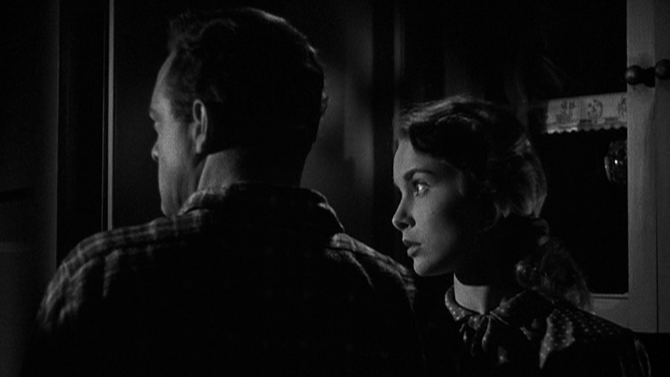
Post-War Noir
Act of ViolenceNovember 9, 2018A perfect example of ‘you can’t outrun your past, present or future’, 1949's Act of Violence, directed by Fred Zinnemann (High Noon; From Here to Eternity), starts with quite the hook: a man, limp noticeable, hurriedly, and with purpose, makes his way through a city in the clutches of the glum night, eventually entering a room that holds a deadly object – a gun. . . hopping onto a bus, it does not bode well. With a deliberate, unyielding presence, Joe Parkson (Robert Ryan – for another one of his great film noirs, see The Set-Up) is the thing of nightmares. . . a stalking figure in trench coat and fedora – the Michael Myers of the noir genre. Ryan, with his lined face, imposing size, and disturbed demeanor, is an ominous heavy – the enigmatic grunt opening a phone book and circling the name of one Frank R. Enley (Van Heflin).
-

A Fly in the Ointment
The FlyOctober 19, 2018We’ve all had it happen before. . . an experiment goes awry – a recipe doesn’t turn out (and the cake somehow turns green), or we simply think ‘the old Mentos in a bottle of Coke trick’ is just a myth, but you’ve likely never had a day quite like scientist André Delambre (David Hedison – the only actor to play Felix Leiter in two James Bond flicks), a moment that will change his life forever – so, without further ado, I present to you 1958's: The Fly. Written by James Clavell (based upon a short story by George Langelaan) and directed by Kurt Neumann, the story is set in exotic Montreal, the french speaking Canadian city that is one of the oldest continuously inhabited locations in North America. It is here that a wealthy industrialist family is seemingly struck by a more than unusual tragedy – André Delambre has been found dead, head and arm obliterated by a hydraulic press. . . further adding to the mystery, his loving wife Hélène (Patricia Owens) is seen running from the scene of the crime.
-
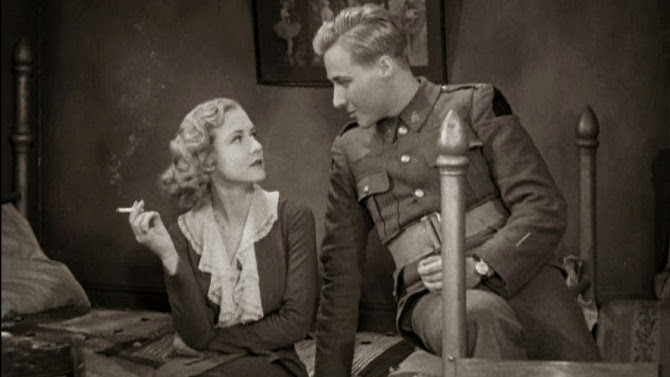
Waterloo… Couldn’t escape if I wanted to
Waterloo BridgeJune 19, 2018One of the great horror directors of the 1930s, James Whale shot Frankenstein, The Old Dark House, The Invisible Man, and The Bride of Frankenstein in just four short years, an impressive feat that also somewhat overshadows a few of his lesser known, non-spook related features – specifically, 1931's Waterloo Bridge. . . which, interestingly enough, earned Whale so much favour with the head of Universal Pictures’ production department, that Carl Laemmle, Jr. (due to a combination of his quality work and coming in under budget), gave the director the choice of anything the studio had in early planning stages – the filmmaker chose Frankenstein, a smart decision. His Waterloo Bridge is based upon Robert E. Sherwood’s 1930 Broadway play of the same name (the playwright based it upon many of his own experiences), where we are transported to London, England, circa World War I. Stuck in the metropolis is Myra (Mae Clarke), a chorus girl who has fallen on hard times.

